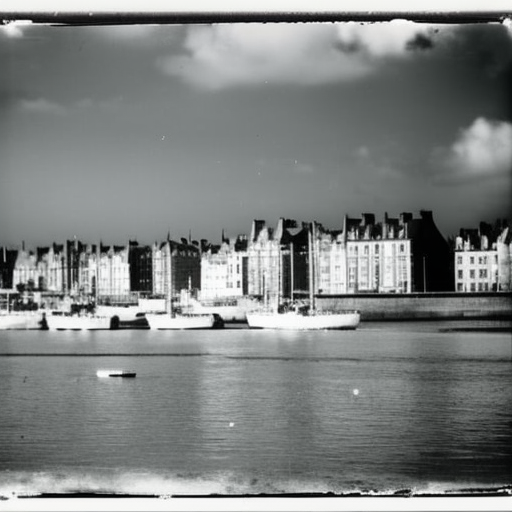The Dieppe Raid: A Failed Allied Assault on Occupied France
The Dieppe Raid, also known as Operation Jubilee, was a major military operation conducted by the Allies during World War II. It took place on August 19, 1942, and was an attempt to seize and hold the French port of Dieppe, located on the northern coast of occupied France. The raid was primarily carried out by Canadian forces, supported by British and American troops.
Objectives and Planning
The main objective of the Dieppe Raid was to test the feasibility of launching a large-scale amphibious assault on the heavily fortified German-held coast of Western Europe. The Allies hoped to gather valuable intelligence, gain experience in amphibious warfare, and divert German resources from the Eastern Front.
The planning for the raid was complex and involved coordination between various military branches and nationalities. The operation was kept secret, and detailed reconnaissance of the target area was conducted to gather information about German defenses. However, due to time constraints and limited resources, the planning and preparation for the raid were inadequate.
The Assault
On the morning of August 19, 1942, the assault on Dieppe began. The Allied forces launched a combined air, sea, and land attack. The air assault involved heavy bombing of German positions, while naval vessels provided fire support and landed troops on the beaches. The land assault consisted of infantry, tanks, and commandos.
However, the element of surprise was lost, and the German defenders were well-prepared for the attack. The beaches were heavily fortified with machine gun nests, artillery, and barbed wire. The German Luftwaffe also quickly responded, inflicting heavy casualties on the Allied forces.
Heavy Losses and Retreat
The Dieppe Raid turned into a disaster for the Allies. The German defenses proved too strong, and the assault quickly became chaotic. The Allied troops faced intense resistance and suffered heavy casualties. Many landing craft were destroyed, and the tanks that made it ashore were unable to overcome the obstacles and were easily destroyed.
After several hours of intense fighting, it became clear that the objectives of the raid could not be achieved. The decision was made to evacuate the surviving troops. The retreat was difficult and dangerous, as the German forces continued to attack the retreating Allies. Many soldiers were killed, wounded, or captured during the evacuation.
Lessons Learned
The Dieppe Raid was a costly failure for the Allies, with over 3,600 casualties, including 1,946 Canadians. The operation highlighted the need for better planning, coordination, and intelligence gathering in amphibious assaults. It also emphasized the importance of air superiority and effective naval support.
The lessons learned from the Dieppe Raid were instrumental in shaping future successful amphibious operations, such as the D-Day invasion of Normandy in 1944. The raid also had political implications, as it raised questions about the effectiveness of the Allied strategy and the decision-making process.
Legacy
The Dieppe Raid remains a significant event in World War II history. It highlighted the challenges and risks involved in amphibious warfare and led to important changes in Allied tactics and planning. The sacrifices made by the soldiers who participated in the raid are remembered and honored to this day.
In conclusion, the Dieppe Raid was a failed Allied assault on occupied France during World War II. It was an attempt to test the feasibility of launching a large-scale amphibious assault on the heavily fortified German-held coast of Western Europe. However, due to inadequate planning and preparation, the raid turned into a disaster, resulting in heavy casualties and the retreat of the Allied forces. The lessons learned from the raid were crucial in shaping future successful amphibious operations, and the sacrifices made by the soldiers are remembered as a testament to their bravery and determination.












